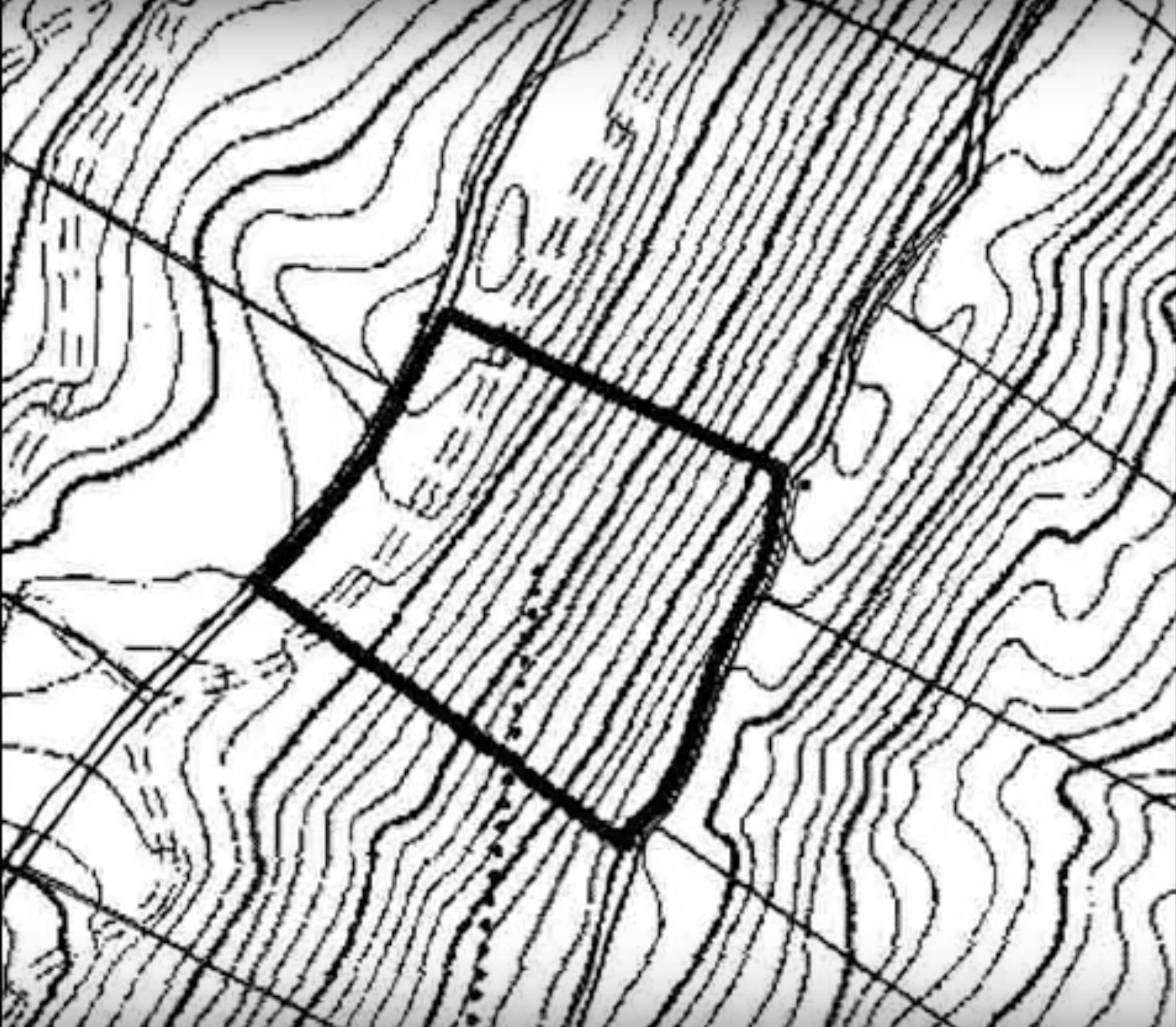Engineering Surveys: The Foundation for Safe and Effective Construction Projects
Engineering Surveys: The Foundation for Safe and Effective Construction Projects
Blog Article
Crucial Tools and Methods in Establishing Out Engineering
The technique of setting out engineering depends greatly on a collection of essential tools and methods that underpin the accuracy and efficiency of job implementation. What implications does this hold for future engineering methods?
The Value of Accurate Measurements

The importance of precise dimensions prolongs past plain compliance; they are important to the total efficiency of engineering procedures. Mistakes can cause worldly waste, project hold-ups, and enhanced labor expenses, eventually influencing the project's profits. Moreover, specific measurements improve the top quality of the final product, making sure that it executes as intended and satisfies the assumptions of stakeholders - setting out engineering.
Additionally, the value of exact dimensions is obvious in different engineering techniques, including civil, mechanical, and electric design. Each field requires a special technique to measurement, yet the underlying need for accuracy stays consistent. As projects become increasingly complex, the dependence on accurate dimensions will only intensify, emphasizing the demand for continual developments in dimension strategies and technologies. Thus, cultivating a society that focuses on accuracy is crucial for the future of design.
Important Tools for Establishing Out
Setting out, an important phase in the engineering and building and construction procedure, relies greatly on certain devices that make sure exact area and placement of frameworks. Amongst these tools, the surveyor's level sticks out, supplying precise straight measurements essential for developing referral factors. This tool allows designers to figure out elevation adjustments and maintain harmony across the task site.
The overall station is another indispensable device, incorporating digital range dimension with angular measurement capacities. This modern technology boosts efficiency and accuracy in capturing spatial information, permitting for efficient site layout and preparation.
Additionally, the usage of determining tapes and noting devices, such as chalk lines or risks, is basic for momentarily noting boundaries and crucial points on the website. These standard tools, though basic, are critical for making sure clear communication among the building group concerning job specs.
Last but not least, general practitioner technology has gained grip in laying out processes, offering real-time positioning data and significantly enhancing accuracy over traditional techniques. Collectively, these crucial devices form the foundation of reliable setting out techniques, inevitably adding to the successful execution of engineering and building jobs.
Advanced Evaluating Strategies
Advanced evaluating techniques play an essential function in enhancing the precision and performance of design projects. These methods incorporate a variety of techniques that supply exact data for layout and construction. Standard approaches, such as progressing and triangulation, have progressed right into much more innovative strategies, including Complete Station surveys and Global Navigation Satellite Solution (GNSS)
Total Station tools integrate electronic theodolites with range dimension capabilities, permitting land surveyors to gather precise location information with terrific speed. This technology considerably decreases mistakes related to manual dimensions and provides real-time data processing. GNSS offers unmatched precision for large-scale tasks by making use of satellite signals to determine specific positioning, which is necessary for lining up structures and ensuring compliance with layout specs.
In enhancement to these tools, progressed strategies likewise incorporate geospatial evaluation and 3D modeling. These approaches allow designers to imagine surface and site conditions better, promoting far better decision-making during the preparation phase. By employing these sophisticated checking techniques, design projects can achieve greater precision in layout, lower rework, and inevitably boost total task success.
Digital Innovation in Design
The assimilation of electronic modern technology has actually revolutionized engineering methods, enhancing both productivity and accuracy across different self-controls. Tools such as Building Information Modeling (BIM) promote the visualization and management of complex projects, permitting engineers to collaborate perfectly visite site and make informed decisions. This modern technology allows the development of in-depth 3D models, which can be analyzed for architectural integrity and efficiency prior to building and construction starts.

The application of man-made intelligence and equipment knowing in design procedures even more enhances anticipating maintenance and optimization of resources. On the whole, digital modern technology is reshaping the design landscape, driving innovation, and making sure that tasks are completed with better efficiency and decreased threat.
Best Practices for Application
When implementing digital innovation in design, it is crucial to establish a critical approach that lines up with job objectives and organizational capacities. An extensive analysis of existing operations and technology infrastructure is vital to determine spaces and chances for renovation. Involving stakeholders early at the same time promotes cooperation and makes certain that the technology meets customer demands.

Task supervisors need to embrace a repetitive execution strategy, enabling changes based on real-time comments and efficiency evaluations. This nimble method not just minimizes dangers however additionally advertises continuous enhancement by integrating lessons discovered.
Verdict
Finally, the assimilation of crucial tools and advanced techniques in setting out design is crucial for ensuring precision in dimensions and effective job implementation. Employing instruments such as surveyor's levels, complete terminals, and GPS modern technology, alongside modern evaluating approaches, improves accuracy and decreases the probability of errors. Adopting best site ideal techniques in Discover More Here application additionally enhances these processes, inevitably promoting enhanced task results in the design and building and construction markets.
The self-control of setting out engineering counts greatly on a suite of necessary tools and techniques that underpin the precision and efficiency of project implementation.Moreover, the significance of exact dimensions is obvious in different design disciplines, including civil, mechanical, and electrical engineering. By employing these sophisticated evaluating methods, engineering tasks can achieve greater precision in format, lower rework, and inevitably boost general job success.
In general, electronic modern technology is reshaping the design landscape, driving innovation, and guaranteeing that tasks are completed with greater performance and decreased threat (setting out engineering).In conclusion, the combination of essential devices and advanced methods in establishing out engineering is crucial for making sure precision in dimensions and successful job implementation
Report this page